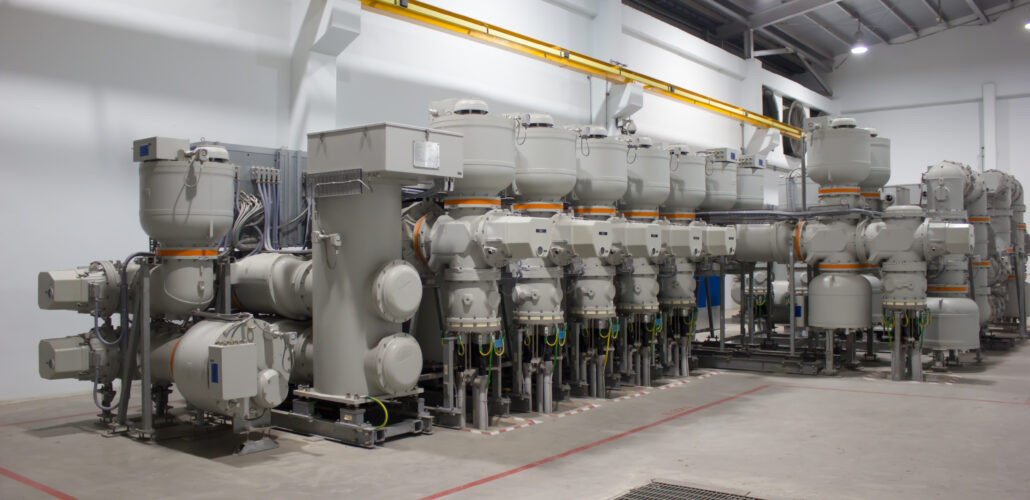Why Gas-Insulated Switchgear (GIS) Substations Are Key to Meeting Accelerating Power Demand
As utilities formulate strategies to move quickly to meet that demand, the speed-to-market advantages of gas-insulated switchgear (GIS) substations are worth considering.

SF6 Switchgear
As the demand for electricity continues to rise in the United States and globally, driven by factors such as the electrification of transportation and the construction of energy-intensive data centres, the need for a rapid expansion of the power grid has become increasingly urgent. One solution that is gaining traction is the use of gas-insulated switchgear (GIS) substations, which offer several advantages over traditional air-insulated switchgear (AIS) substations.
Faster Project Execution
One of the primary benefits of GIS substations is their ability to be energised much faster than AIS substations. This is due to several factors:
- Modular, plug-and-play components used in GIS substations can result in shorter design times.
- Supply chain challenges have led to longer lead times for high-voltage AIS equipment, while GIS equipment procurement is typically 45% faster.
- GIS substations require a much smaller site footprint, reducing the time needed for site development.
- Off-site modular designs and preassembly of GIS components can significantly reduce construction and installation schedules by up to 42%.
- GIS units are fully assembled and tested at a factory or off-site facility, leading to critical schedule reductions during testing and commissioning.
Additional Benefits of GIS
GIS substations offer several other advantages:
- Longer life expectancy, with some studies showing GIS equipment life cycles of up to 50 years, compared to 25-30 years for AIS.
- Reduced operations and maintenance (O&M) requirements, with typical maintenance cycles of 8-10 years for GIS compared to 5-7 years for AIS.
- Improved physical security due to the enclosed structures housing GIS substations.
- Flexibility for vertical expansion to meet increasing power demands.
Levelised Long-Term Costs
Although GIS equipment may have higher upfront capital costs, the longer life cycles and faster construction schedules can help level the playing field in terms of long-term costs. With the growing need for a flexible and responsive power grid, the speed at which GIS substations can be brought online is a significant advantage that utilities are increasingly considering.
Source: T&D World
#Air-Insulated Switchgear#AIS#Data centre construction#Digital twins#Electrification of transportation#EVs#gas insulated switchgear#GIS#Life expectancy#modular design#O&M#Off-site preassembly#Operations and maintenance#Physical security#Power grid expansion#SF6#Site development#substation construction#sulfur hexafluoride#Supply chain challenges#Testing and commissioning#utility#Utility strategies#Vertical expansion



